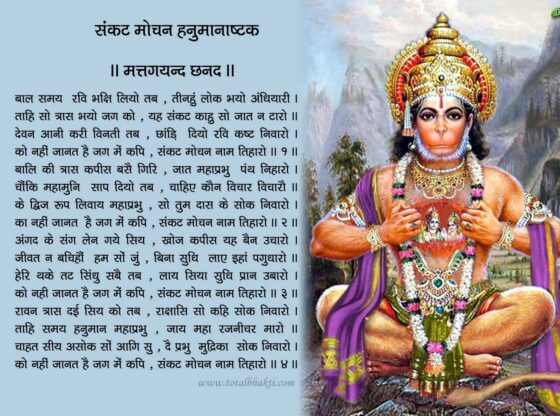The Hanuman Chalisa is a revered devotional hymn dedicated to Lord Hanuman, the epitome of devotion, strength, and loyalty in Hindu mythology. Originally composed by the saint poet Tulsidas in the 16th century in Awadhi, it has been translated into various languages, including Odia, to reach a wider audience and deepen the spiritual connection of devotees.
Historical Context
The Hanuman Chalisa holds immense significance in Hinduism and is recited by millions of devotees worldwide. Its verses extol the virtues and exploits of Lord Hanuman, who played a pivotal role in the epic Ramayana as the ardent devotee of Lord Rama. The hymn is believed to bestow blessings, protection, and courage upon those who recite it with devotion.
Structure and Content
Written in a poetic format, the Hanuman Chalisa comprises 40 verses or “chalisa,” each consisting of four lines (chaupais). The verses are structured in such a way that they praise the various attributes, deeds, and divine qualities of Hanuman. The recitation of each verse is accompanied by rhythmic chanting, creating a meditative and devotional ambiance.
Also Read: Hugo.lv: Latvian Public Sector Translation Platform
Devotional Themes
The Hanuman Chalisa encapsulates several devotional themes, including:
Devotion and Surrender:
The hymn emphasizes the importance of unwavering devotion and surrender to Lord Hanuman, who is hailed as the epitome of selfless service and dedication.
Strength and Protection:
Lord Hanuman is revered as the embodiment of strength and protection. The hymn invokes his divine intervention to overcome obstacles, fears, and adversities.
Blessings and Grace:
Reciting the Hanuman Chalisa is believed to invoke the blessings and grace of Lord Hanuman, bestowing courage, wisdom, and spiritual growth upon the devotee.
Hanuman Chalisa in Odia:
In Odia culture, the Hanuman Chalisa holds a special place among devotees, who recite it with reverence and devotion. The Odia version of the hymn preserves the essence and spirit of the original composition while being rendered in the melodious and poetic language of Odia.
Impact and Significance:
The Hanuman Chalisa has a profound impact on the spiritual and cultural landscape of Odisha. It is recited during religious ceremonies, festivals, and auspicious occasions to invoke the blessings of Lord Hanuman and seek his divine guidance and protection.
Conclusion
The Hanuman Chalisa Lyrics in Odia serve as a timeless source of inspiration, devotion, and spiritual upliftment for millions of devotees in Odisha and beyond. Its profound verses and devotional themes continue to resonate with people of all ages, fostering a deep sense of connection with the divine and instilling faith in the hearts of believers.
Also Read: Tulks: The Language Expert
FAQs
What is the Hanuman Chalisa?
The Hanuman Chalisa is a devotional hymn dedicated to Lord Hanuman, composed by Tulsidas in the 16th century.
What language is the Hanuman Chalisa Lyrics available in?
The Hanuman Chalisa Lyrics are available in various languages, including Odia, to cater to a diverse audience.
Why is the Hanuman Chalisa recited?
The Hanuman Chalisa is recited to seek blessings, protection, and courage from Lord Hanuman, especially during times of difficulty or adversity.
What are the themes of the Hanuman Chalisa?
The Hanuman Chalisa emphasizes devotion, strength, protection, and the divine qualities of Lord Hanuman.
How many verses are there in the Hanuman Chalisa?
The Hanuman Chalisa comprises 40 verses or “chalisa,” each consisting of four lines (chaupais).
Is the Hanuman Chalisa Lyrics available in written form?
Yes, the Hanuman Chalisa Lyrics are available in written form, often in books, pamphlets, and online platforms, for devotees to recite.
Can anyone recite the Hanuman Chalisa?
Yes, anyone can recite the Hanuman Chalisa irrespective of age, gender, or background, as it is considered a universal prayer.


